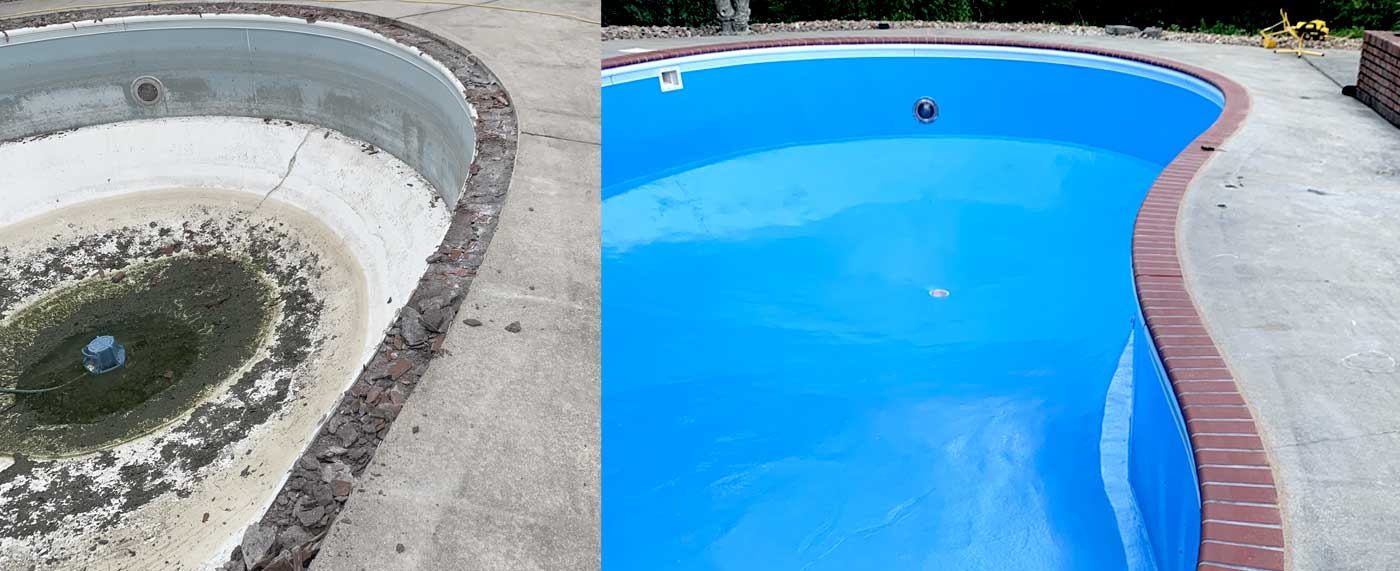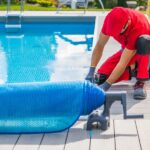
Summer is finally here. As temperatures rise, the urge to take a dip in your pool to beat the heat will get stronger. Before you go swimming, prepare your pool for the season. Pool opening can be a challenging task, especially if you haven’t done it before. The right process and tool can make the process smoother and faster.
To help ensure a hassle-free pool opening, we have compiled a list of our top pool opening tips. Take a look.
Check Your Pool for Damages
Visually inspect your pool for any signs of damage or leaks. Keep an eye out for chips or cracks in the pool surface and tears in the pool liner. Have a professional fix any pool damage as soon as possible.
If you notice any leaks, try to find its source. Usually, a pool leak occurs on a connection point. If that is the case, try tightening the point. If it is already tight or the problem persists after you tighten the connection point, apply some silicone lubricant. Avoid using vaseline as it can damage the rubber and worsen the problem. If nothing else works, replace the o-ring.
Clean Your Pool Cover Before Removing it
Before removing your pool cover, get rid of any debris sitting on top of it. Using a leaf blower or a pool brush, move any dry leaves on your pool cover away from your pool. Drain off excess water using a submersible pump. Carefully remove your pool cover and store it in a dry place where it can air dry. Once your pool cover has dried, sprinkle it with baking soda to prevent mold growth.
Clean Your Pool
Using a skimmer or a pool net, remove leaves, twigs, leaves and other debris that have accumulated in your pool. If you use a skimmer, remember to clean the skimmer basket and if necessary, replace it after cleaning your pool. Scrub the floor and steps.
After brushing your pool, vacuum it. Once you have brushed and vacuumed your pool, let the pool filtration system run overnight.
Cleaning a pool is a time consuming task. If your hands are full, hire the best pool company in St. Louis for pool cleaning.
Shock the Pool
Shock your pool by adding chlorine (chlorine shock or non-chlorine shock) to it. This is a great way to kill bacteria and other pathogens in your pool. When adding chlorine, follow the manufacturer’s instructions.
Test the Water
Using a pool swimming pool test kit, check your pool’s pH level. The ideal swimming pool pH level is between 7.2 and 7.8. Alkalinity levels in your pool should be between 80 and 120 ppm, whereas chlorine levels should not exceed 3 ppm.
H & H Pools is the best pool company in St.Louis. Our pool technicians bring decades of collective experience maintaining and upgrading different types of pools. To request an estimate, call (636) 209-8449.





